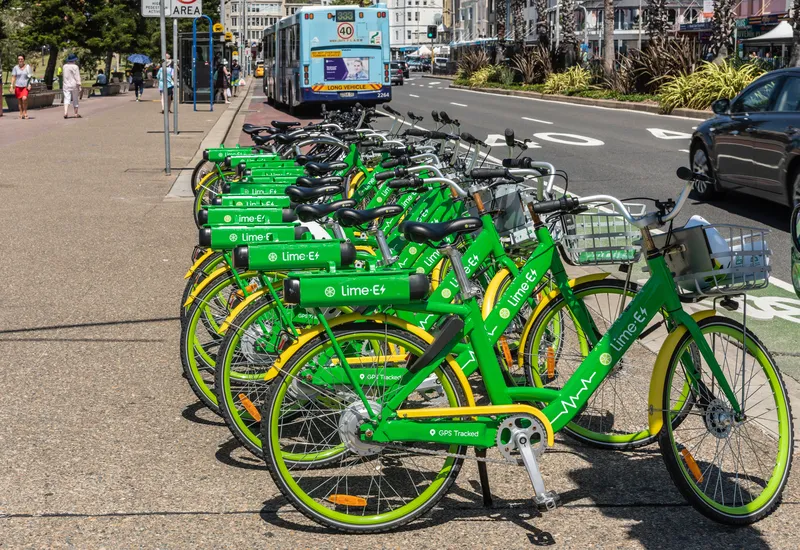In its federal budget announced on 13 May 2014, the Australian government announced plans for new infrastructure projects costing US$117.04 billion to keep the economy going after the mining boom ends. The new funding and existing projects are expected to boost infrastructure investment to US$47 billion by end of the decade.
The government will invest US$11 billion to fast track infrastructure projects including US$3.4 billion for road projects, US$4.6 billion to asset-recycling fund for states and US$2.
May 14, 2014
Read time: 2 mins
In its federal budget announced on 13 May 2014, the Australian government announced plans for new infrastructure projects costing US$117.04 billion to keep the economy going after the mining boom ends. The new funding and existing projects are expected to boost infrastructure investment to US$47 billion by end of the decade.
The government will invest US$11 billion to fast track infrastructure projects including US$3.4 billion for road projects, US$4.6 billion to asset-recycling fund for states and US$2.7 billion for western Sydney's infrastructure plan. It already offered the New South Wales (NSW) government a concessional loan of US$1.8 billion to fund the WestConnex road project in western Sydney. Territories and states will get another US$4.6 billion in financing if they sell public assets and allocate them to productive infrastructures.
Meanwhile, the state government of Western Australia will invest US$22.19 billion over the next four years to build road networks, two fire stations, new hospitals and 19 new schools. The amount will include US$1.7 billion for public transport infrastructures and services. The state government expects to spend around US$277 million in 2014/2015 fiscal year and will allocate US$229 million in 2014 to acquire 124 buses and 22 three-car B-series railway wagons. The Perth Busport costing US$196 million is scheduled to be completed in 2016 and US$337 million Perth City Link project will be ready in 2014.
The government will invest US$11 billion to fast track infrastructure projects including US$3.4 billion for road projects, US$4.6 billion to asset-recycling fund for states and US$2.7 billion for western Sydney's infrastructure plan. It already offered the New South Wales (NSW) government a concessional loan of US$1.8 billion to fund the WestConnex road project in western Sydney. Territories and states will get another US$4.6 billion in financing if they sell public assets and allocate them to productive infrastructures.
Meanwhile, the state government of Western Australia will invest US$22.19 billion over the next four years to build road networks, two fire stations, new hospitals and 19 new schools. The amount will include US$1.7 billion for public transport infrastructures and services. The state government expects to spend around US$277 million in 2014/2015 fiscal year and will allocate US$229 million in 2014 to acquire 124 buses and 22 three-car B-series railway wagons. The Perth Busport costing US$196 million is scheduled to be completed in 2016 and US$337 million Perth City Link project will be ready in 2014.









